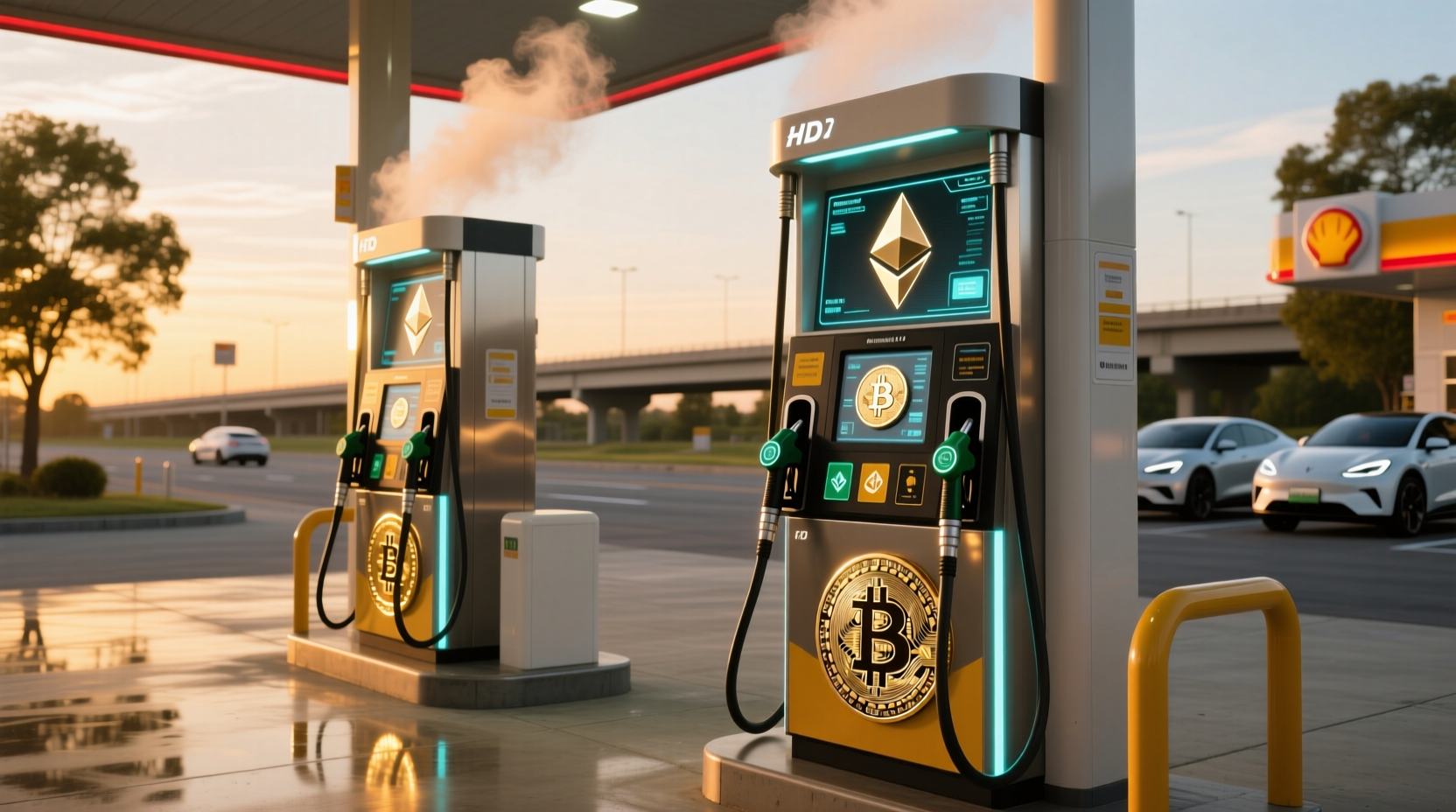If you’ve ever sent crypto and thought, “Wait, why did that cost extra?”, you’ve already met gas fees, the small but mighty toll that powers every blockchain transaction. Think of them as the price of admission to the crypto universe, keeping networks running smoothly and transactions secure. But here’s the catch: gas fees can sneak up on you, fluctuating wildly depending on how busy the network is.
Key points:
- Gas fees are the fuel of blockchain life. They power every transaction, rewarding miners and validators while keeping networks secure and spam-free.
- You can actually manage what you pay. Timing your transactions, using Layer-2 networks like Shibarium, and setting custom gas limits can help you save money and avoid surprises.
- Gas fees are evolving fast. With upgrades like Ethereum’s EIP-1559 and new scaling solutions, the future of blockchain is cheaper, faster, and more transparent for everyday users.
Understanding how they work isn’t just crypto trivia, it can literally save you money. Whether you’re minting an NFT, swapping tokens, or sending funds to a friend, knowing when and how to manage gas fees means fewer headaches and smarter transactions.
1. Gas Fees Are the Power Behind Every Transaction
Here’s the deal: gas fees are what make the blockchain move. Every time you send crypto, mint an NFT, or swap tokens, someone has to verify and record that action on the blockchain. Those “someones” are miners or validators, and gas fees are what you pay them for keeping the network safe and functional.
Think of gas fees like paying tolls on a highway. You can drive anywhere you want, but you’ll need to drop a few coins at each checkpoint to keep traffic flowing. Without those tolls, the blockchain would get jammed with spam transactions, slowing everything down. Gas fees help keep things fair, prioritizing serious transactions and rewarding the people powering the network.
2. Gas Prices Fluctuate — and It’s All About Network Demand
If you’ve ever wondered why your gas fee suddenly shot up during an NFT mint or a big decentralized finance (DeFi) craze, blame the crowd. When more people use a blockchain, the network gets busier, and the cost to process your transaction rises. On Ethereum, for instance, this is managed through a “base fee” that automatically adjusts depending on how much demand there is.
It’s like surge pricing for crypto. When the blockchain highway gets packed, you pay more to jump the line. The same transaction might cost just a few cents one hour and several dollars the next. Timing your moves during low-traffic periods can make a big difference in what you pay.
Related: Jump Trading Faces $4B Lawsuit For Rigging the Terra Collapse
3. Every Blockchain Handles Gas Differently
Not all blockchains treat gas fees the same way. On Ethereum, gas can swing wildly based on activity. Bitcoin, on the other hand, uses a simpler model where fees depend on how much data your transaction contains. Then there are faster networks like Solana, where fees are much lower thanks to high-speed design.
Layer-2 networks like Shibarium are built to ease congestion on Ethereum, offering users faster, lower-cost transactions while preserving much of Ethereum’s security. In regular conditions, Shibarium’s gas fees are often in a low, stable range, though occasional volatility can occur during high usage spikes.
4. You Can Actually Control How Much You Pay
Good news: gas fees aren’t always out of your hands. There are a few smart tricks to keep your costs down. Try sending transactions during off-peak hours when fewer people are using the network. You can also use Layer-2 solutions or scaling tools that automatically reduce congestion.
Most wallets let you set a custom gas limit, basically, the max amount you’re willing to pay for your transaction. Go too low, and it might not process. Go too high, and you’re overpaying. Tools like gas trackers help you find that sweet spot so you can transact efficiently without breaking the bank.
Related: Pump.fun Ex-Dev Jarett Dunn Gets Six Years for $2M Theft
5. Gas Fees Are Evolving — and the Future Looks Cheaper
The crypto world knows gas fees can be a pain, and developers are working to make them better. Ethereum’s EIP-1559 upgrade introduced a more predictable fee structure by burning part of every transaction fee, helping stabilize prices. Meanwhile, rollups and scaling networks are slashing costs and speeding things up even more.
The big picture? Gas fees are becoming more transparent, efficient, and user-friendly. As blockchain technology evolves, understanding how gas fees work will help you make smarter choices and keep more crypto in your wallet. In other words, mastering gas fees isn’t just about saving money, it’s about learning how to move through the blockchain world like a pro.
Mastering the Flow of Gas Fees
Understanding gas fees is more than just a way to save a few bucks, it’s how you take charge of your crypto experience. Once you know how gas fees really work, you can spot the best times to transact, choose faster or cheaper networks, and avoid the frustration of surprise costs. You’ll start thinking strategically, not just clicking “send.”
The takeaway? Mastering gas fees isn’t about becoming a blockchain expert. It’s about becoming a smarter, more confident user who knows how to make every transaction count.












